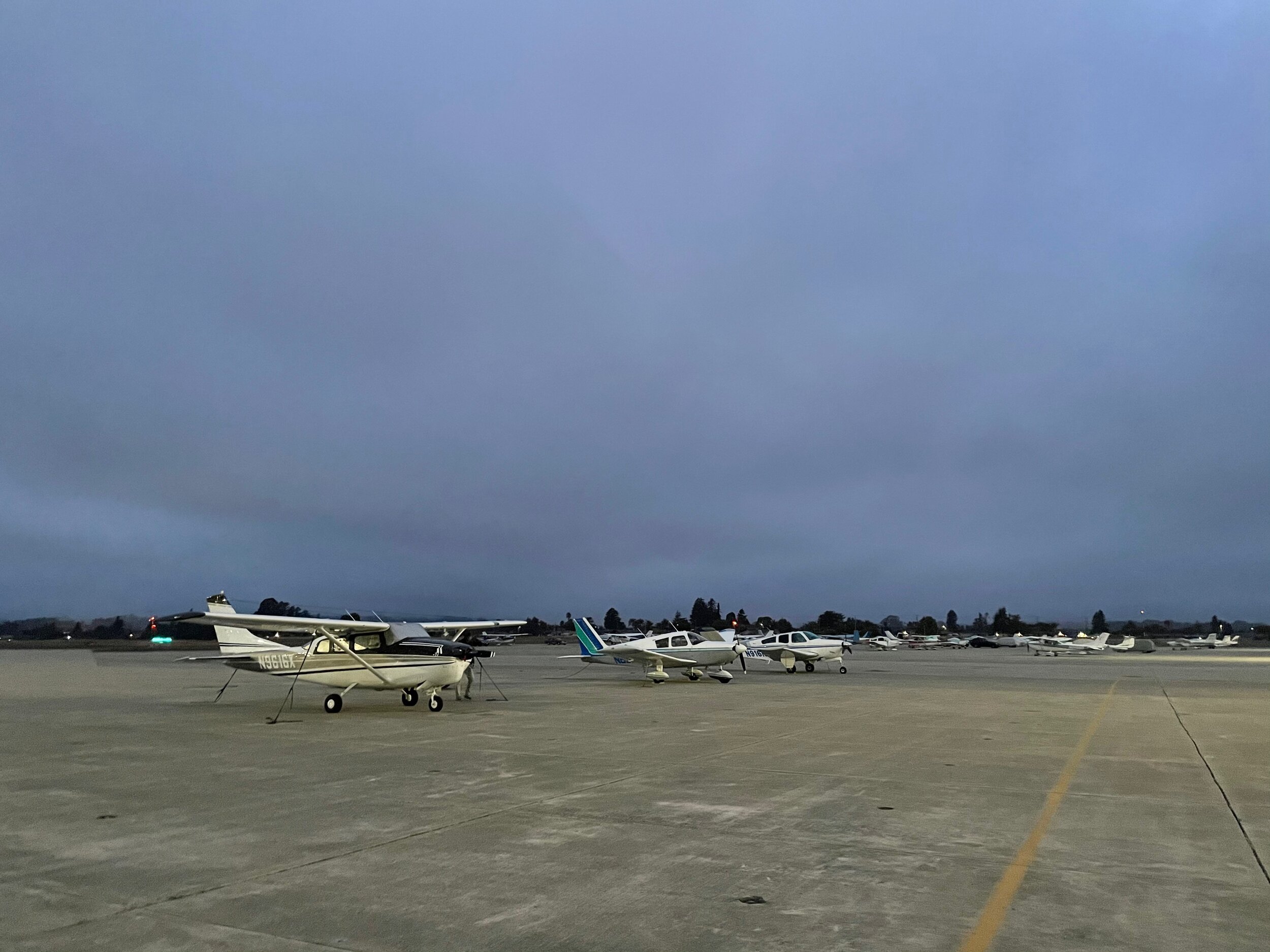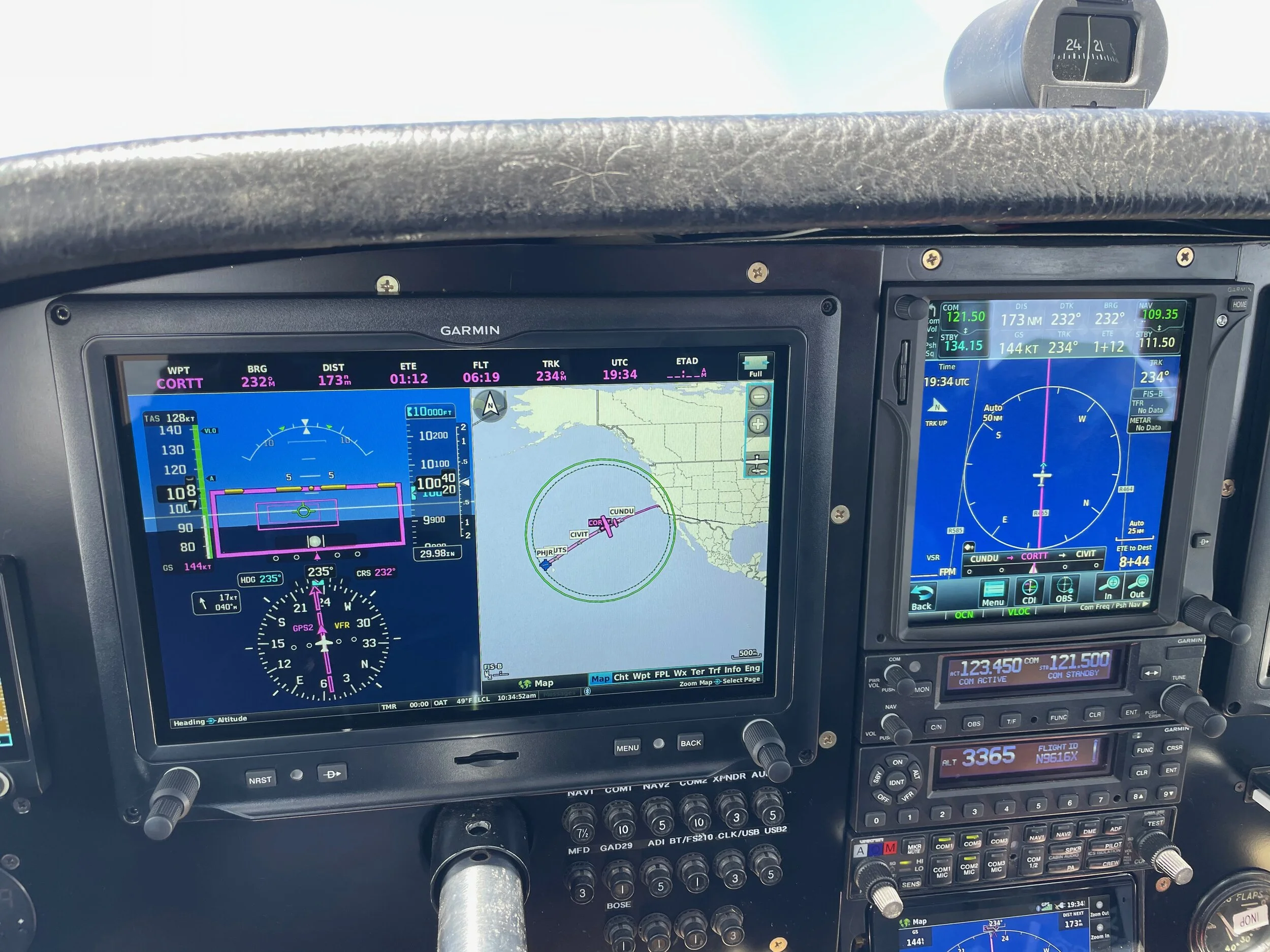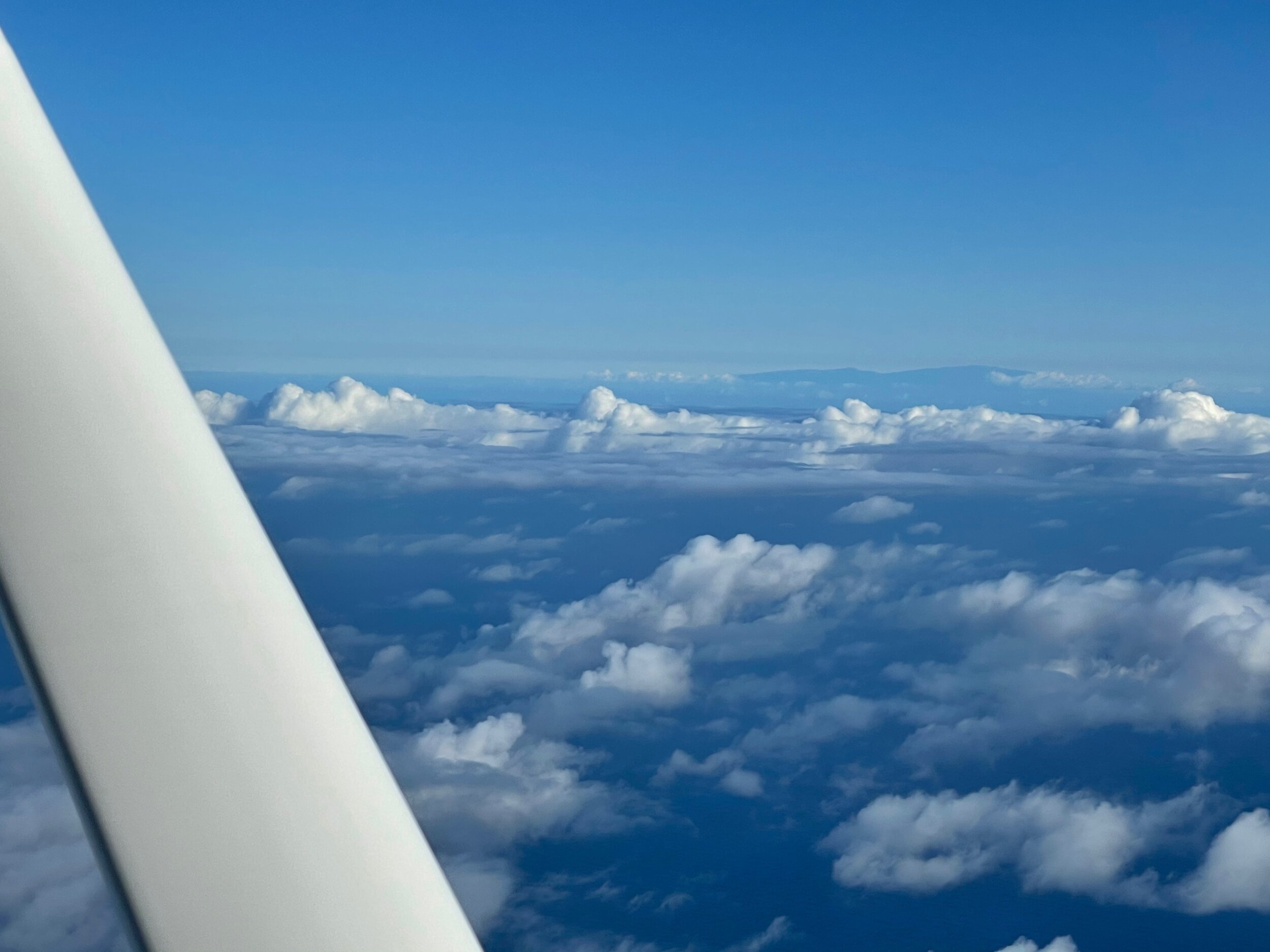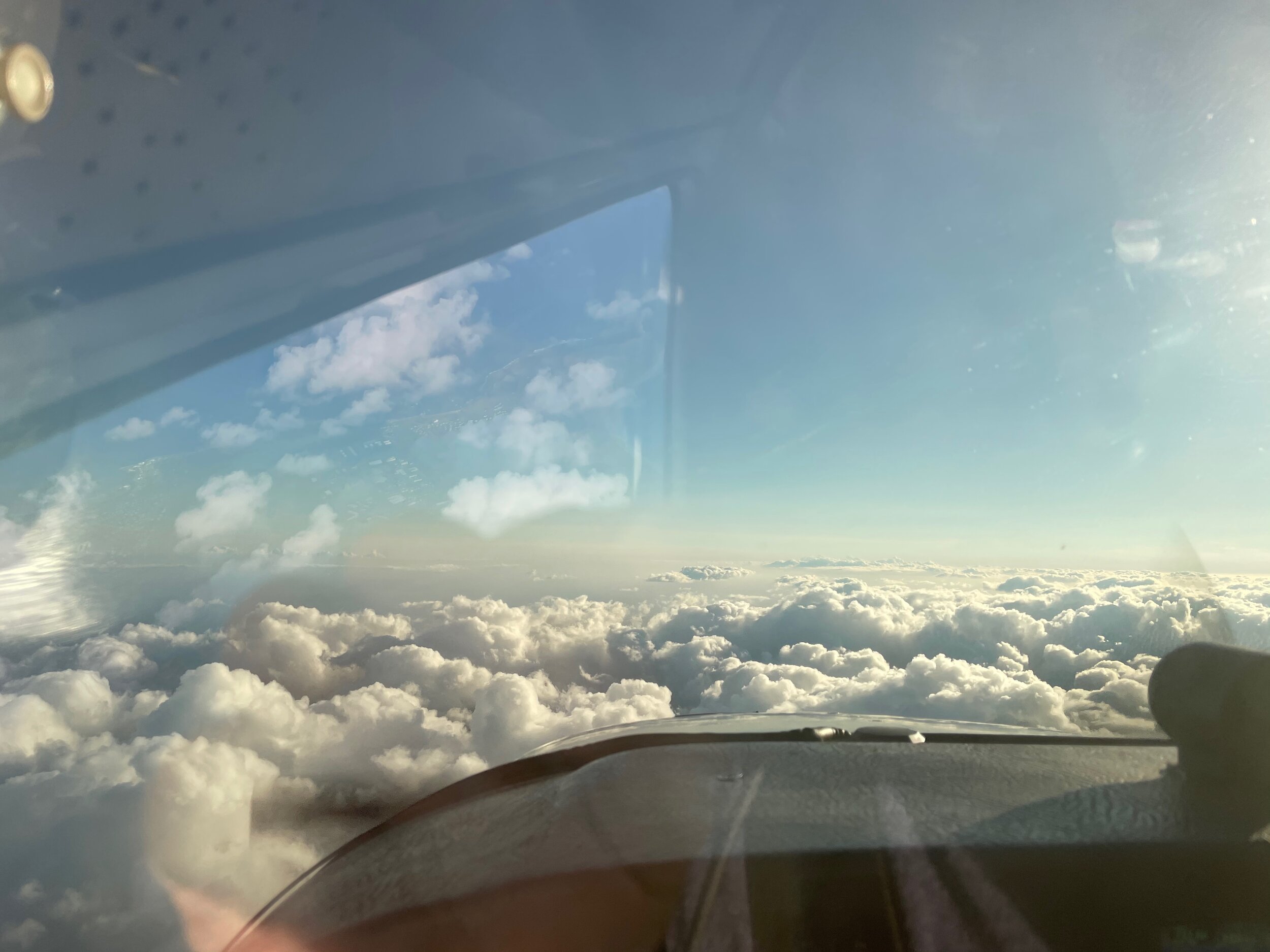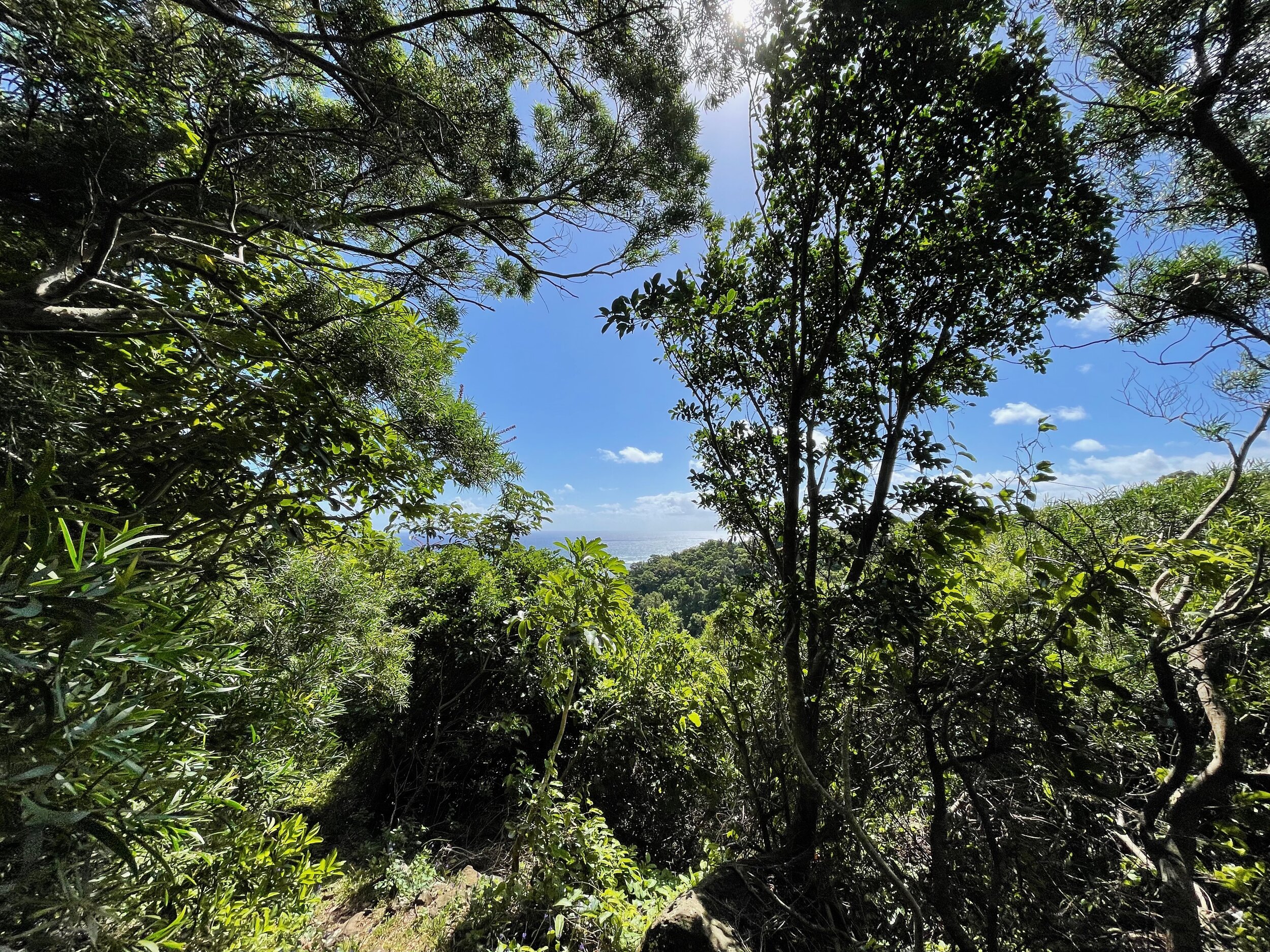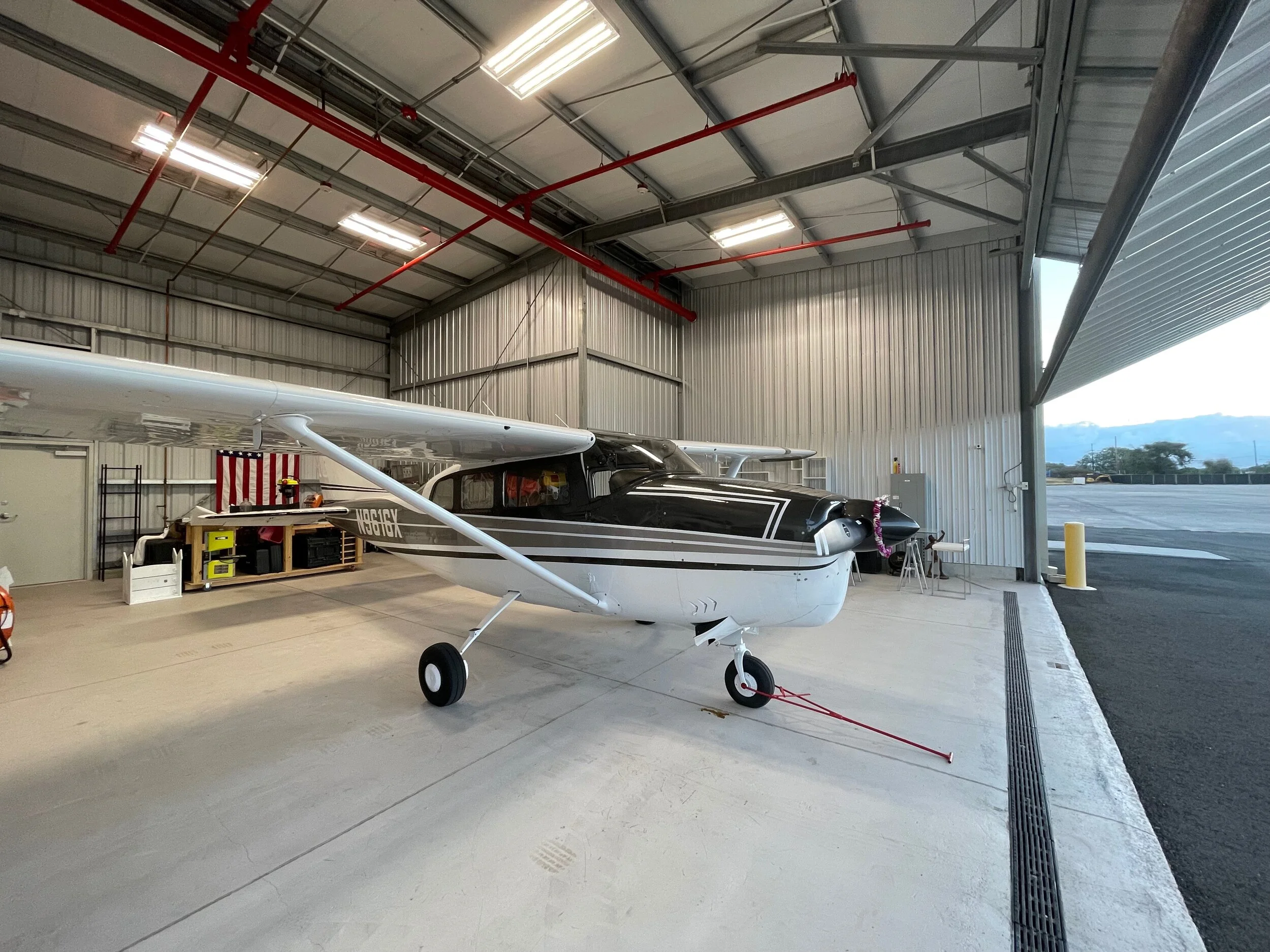




JIM BARRETT
JIM BARRETT
Jim Barrett
Jim Barrett, Commercial Photographer/Film-Maker specializing in Product, Engineering, Marine, Automotive and Aviation Industries. With over 30 years of experience, knowledge, armed with the gear, crew and an eye to capture your marketing vision, while taking pride and patience to provide an excellent product.
His hard earned knowledge and expertise gets your project completed on time and on budget. Jim brings more than just photography and HD video to the table. His production experience as a Commercial Photographer has proven that pre-production is a key element to a successful campaign, and takes pride in establishing the correct factors needed to shoot your product, commercial, boat, plane, air conditioner or postage stamp with the correct vision.
With studios located in Orlando and Miami Florida to serve you, Jim travels the globe shooting for some of the worlds largest companies. With a background in the Marine and Aviation industries, Jim has the knowledge for more than just shooting great photography or composing a great shot, he’s a skilled yachtsman, maverick, pilot, and diver with over 10 thousand hours on the water and over five thousand hours in the air. Awareness of the elements are key to success… it’s not just pushing a button, it’s getting the product, people, and a few stars aligned to do it perfectly, all while having a blast doing it.
If you are considering shooting a new product, campaign or HD video, let Jim Barrett’s knowledge and experience, combined with the proper tools, guarantee your commercial shoot a success.
Barrett's Mobile Marine, 1954
Jim Barrett's father Joe, where it all started in the mid 50's in Winter Park Florida. Immigrants of Trinidad and Tobago and Canada, Jim's parents started the American Dream out of this VW split window Bus.
Joe's entrepreneurial spirit and energy were passed to future generations. Jim's siblings have all worked hard pursuing their careers in many industries with drive and focus, following in their parents footsteps.
The Late Great -Gus-Gus, the flying, motorcycle riding, paddle board riding, co-pilot and sometimes camera assistant. Gus-Gus was a rescue that dazzled clients. Gus had a Great-Dane like disposition, silent with the occasional grumble when he wanted something, almost always related to food.
Pacific Adventure
FLYING ACROSS THE PACIFIC OCEAN SOLO IN A CESSNA 210 JUNE 6TH 2021
2021 was the biggest move of my life, from Florida to the Island of Oahu in Hawaii. Since making the decision to make the Hawaiian islands my forever home, I started preparing for the ultimate journey, flying my Cessna 210B across the Pacific Ocean. Preparing for such an endeavor is tedious, thinking about every possible scenario over and over again is exhausting.
Single engine flight over one of the largest single spans of water without a place to divert takes not only courage, it takes planning and patience. Most of my friends and family were totally against it, but the thought of hiring a ferry pilot to fly my airplane just wasn’t in the cards, nor was disassembling and crating her to be shipped and reassembled on the other side. If I was going to continue my love of aviation in my new home, I was determined to do it myself.
Most pilots and aircraft owners love speed, saying how fast you were able to get from point A to point B flying your airplane is cool. However for me it’s how far I can go without stopping that is even cooler. One of the reasons I chose the early model Cessna 210 was for her tremendous range and load carrying capabilities. For the past 16+ years of owning this fantastic aircraft I have learned a-lot about her. The biggest note is that you can either fly lower and faster and burn more fuel, or you can take the higher, slower, longer route… which most pilots never venture to flip to the page in the POH, and then run their finger down to the maximum endurance table and see that these aircraft have a tremendous range if you’re not in a rush.
I have flown “Elizabeth” all over the Caribbean, Bahamas, Turks & Caicos, the D.R. all over water not to mention cross-country flights on the mainland. When I say cross-country I mean not just the FAA legal three legs of at least 100 nautical miles and return home, I mean spanning huge distances across the country without stopping.
The thing is this: you can take two identical aircraft, one takes off, lets say for a long cross country flight that if flown at 6000’ at a higher power setting that will require you to stop for fuel, the caveat is you get to that stop faster than the other aircraft that climbed to a higher altitude, say 12,000’ and is flying slower where the engine does not produce as much power. The give is that higher altitude means the air is thinner and combining the two you go farther, much farther. In the end the higher slower aircraft makes the destination non-stop, burning less fuel while the lower faster aircraft has to stop possibly more than once for more fuel. Each of those stops take time, bathrooms, fuel trucks, etc. and in most cases the higher slower aircraft arrives long before the one racing to the next fuel pump.
My first big non stop was when I purchased her, taking delivery in San Diego, flying with the previous owner to Albuquerque where he had a car that he needed to pickup. I re-fueled and flew non-stop to Dallas Texas for the night. The following day, Dallas to Orlando without stopping. I was amazed how well the aircraft just chugged along, and if you take into account two hours before departure check in on an airline flight, it took about the same time without stopping for fuel for me to make the same trip in the 210. The next big long flight was Orlando to Milwaukee for a photo-shoot, non stop for 7:40 minutes @ 16,000’ with enough remaining fuel to get to Minneapolis.
All these years of doing long slow flights I felt more comfortable making one of the largest water crossings on the planet. 2104 nautical miles from Watsonville to Kalaeloa Airport on the island of Oahu. The Cessna 210 is a very capable aircraft, with Factory Long range fuel, removing some essential unneeded items, back seats ,passenger seat, carpet, and anything you can put on a scale to make room for the extra items needed, safety equipment in case of a mechanical issue and you have to ditch, and fuel.
New Garmin avionics were installed to make this trip possible, the 10” Garmin G3X touch as my PFD, combined with the GTN 750 gives the G3X’s synthetic vision and computing power above and beyond. Combined with the 7” vertical G3X touch for engine and secondary backup to the the PFD and paired with new calibrated digital fuel sending units, ForeFlight and Windy gave me the tools I needed to make the right decisions towards making this epic trip.
After all the new items were installed, it was time to do a test flights, and one of those was an actual endurance test flying non-stop 1727 nautical miles over 12:22 minutes from Eastern Mississippi to Southern California with a wicked headwind, landing with over 4 hours of fuel remaining proving she had the endurance to make the crossing. Now it was time to wait for a weather pattern that would provide the tailwind to get there.
When I arrived in SoCal, the wether was not looking favorable for a crossing in the next couple of weeks, and the fact that I had been gone from home for over a month for work and a wedding in Florida I decided to leave her in Chino and fly back to Hawaii and return when the right conditions started to trend. Leaving her was tough, but I felt comfortable keeping her at this great little FBO at the Chino airport Flying Tigers that has to have the friendliest staff and owner Mike to make you feel right at home. Ontario Airport is just 5 miles away and Hawaiian Airlines has non-stop daily service to Oahu, so it was easy to hop on a flight back home to wait and watch the weather from my new home.
Six weeks passed, every day, my routine was ForFlight, and the Windy APP, and look out the next 7 days, with some hopeful tailwinds at 10000’ that seemed to disappear as fast as they arrived. I celebrated my birthday the end of May with 20+ friends at our beach house all while sneaking peaks at the forecast knowing there was a trend for perfect crossing less than one week way. Each day the trend continued looking positive until finally I pulled the trigger, put the ball in motion to go back to Chino, and fly up to Watsonville (it’s a closer distance to Oahu than Southern California as well as you get a better tailwind the farther north you travel up the coast).
I arrived into Chino late Wednesday June second, got into my hotel and was up early for breakfast and in an Uber by 07:30 heading to the airport. I meet up with the owner of a Satellite Phone rental company who delivered the phone to me at the FBO to save me a rental car and time wasted to get one of my backup modes of communication.
My brother Barry (also I pilot) lives in a great little beach town not far from the Watsonville Airport and he was there go greet me when I arrived on Thursday the 3rd of June. I arrived late as the marine layer had Watsonville socked in and 5 aircraft holding to land. I spent the next part of the day shopping for supplies, rations, tackle and lures to add to my maritime safety bag, water, and chewing gum. That night I got caught up with my nephews and brother after not seeing them for many years. I was off to bed early in preparation for the next day, prepping the airplane for a Saturday departure.
Friday morning came fast. I started with checking my safety gear, then more HF radio checks with San Francisco Radio and making many calls with Oakland Center to communicate the various backup communications if HF failed to be reliable. I removed the cowlings checked every inch, every hose, every spec, inside and out. Meanwhile my brother took charge of cleaning the 6 weeks of Chino California Dust off the wings, dry washed and then waxed the entire airplane to make her as efficient as possible for the long flight.
Friday night was stressful, getting everything prepared, mentally going over every scenario that has been going through my mind for the past six months. What have I forgotten?, What scenario did I not think of.? To take my mind off of things, my brother and his girlfriend Sally invited a friend over and he and Sally put together an amazing meal. My bother and his youngest son took up playing the Steel Pan which was invented in Trinidad where our mother was born and raised. They both played a few songs together and Barry played a set he has been practicing under the warm glow of heating lamps in the back yard of his chilly California seaside home. Sleep was tough that night, and i’m not sure I got no more than 4 or 5 hours in total.
Saturday am, the alarm rang at 4, a quick shower, a Muscle Milk and a small cup of coffee and all my things were in order, six months of planning had arrived. We headed to the airport to do a final fuel check & top off, pre-flight and setup all my safety and communication devices. Since I was operating out of a non-controlled airport I dialed up on my phone to get my IFR departure clearance only to be told to check in on the VHF which meant the engine had to be running. Before I went mags-hot, I triple checked the cockpit, and at 6am, the master when to on, the fuel pump primed and the key was turned to start as the Continental IO-470 came to life. As the temps made their climb, I called up approach and got my departure clearance, taxied to runway 20, did my run-up, and was released for departure.
The weather was overcast around 900’ light winds as the Marine Layer had been hovering over the area since mid afternoon the day before. The climb-out was IMC for a minute or two @ 500’ a minute economy climb to pop out on top of the clouds to the blue sky and the warm light from the sun trying to peak over the horizon from behind me. There was a large High pressure North-West of California slowing moving to the South-East and the first hour or so was going to be a light quartering headwind out of the the North-West. Within and hour that little headwind turned into a freight-train of tailwinds for the next 13+ hours. Starting off first off the right wing, then as I got farther along my route, it was straight on the tail then shift to a quartering tailwind from the left, changing in velocity from 15 to 29 knots throughout the endless blue and white that was before me.
In my planning, I did a lot of research on HF radios, and how they are built into Airliners but for G.A. they were really a pain to deal with and kinda unreliable. I found a video on YouTube that was relevant to HF and crossing solo across the pacific ocean. I sent an inquiry to the author Wolfgang Reichenberger and he graciously replied with a wealth of knowledge about HF. With this information, I followed his lead and ordered the same radio setup that he had, less one major caveat, he was flying a twin with a T-Tail (DA-42) and I was flying a Cessna 210 and rolling out a trailing cable antenna wasn’t an option for me, otherwise I’d have a cable banging on my horizontal stabilizer for 15 hours. Since the aircraft was in the avionics shop getting prepared with the new G3X touch combo and digital engine and fuel information I had them install an antenna that stretched form the wing-tip to the tail to top of the cabin. The Avionics shop also wired in dedicated ground fo the antennae tuner and power supply to charge the portable radio with its backup battery while in-route.
While watching the video of Wolfgang having issues with his HF and ATC forcing him to turn around to make adjustments to his antenna length all after waiting for the the right conditions to cross the Pacific in the first place and I believe he had to wait another month for conditions to be favorable since the wether window passed as he was getting the radio issue resolved. Armed with this, I had to come up with another plan, a plan that would keep me towards Hawaii without having turn back.
I opted to for two plans, the first was an Iridium Sat Phone which I found in Irvine California, Bill (owner of All Over Comm was more than helpful an accommodating, especially when I first called him when the first window of crossing was approaching and then had to call can cancel the shipment as the weather pattern changed, and that happend more than once. Knowing I had a way to call from the air, or a life raft was a no brainer.
Option 2 was a Garmin In-Reach which I purchased and opted for the highest plan which includes unlimited texts, SOS and a nice policy for cover costs of search and rescue, wether you’re on a mountain or in the middle of an ocean. the In-Reach gives you the ability to send texts in real time via bluetooth connected to your phone. This was the system I tested on my long cross country test flight six weeks earlier from Florida to California.
The In-Reach in the end became the most invaluable tool of communication on board. Armed with one of my best friends William Diaz who by the way is one a hell of a pilot and one of my biggest fans.
Will and his new wife Lauren are a corporate pilot husband and wife team flying a Beach Jet based out of KORL. Previously they’d been working for different companies which often made life feel like they were two ships passing in the night.. As of this writing, they are flying the in cockpit together for every flight.
Will would be my liaison to ATC via the in-reach. He was both willing and eager to be my relayer if the HF and SatPhone served to be difficult. Leading up to departure day there were many phone calls with supervisors at both San Francisco Radio and Oakland Center (ATC) as we devised a plan that if HF and Sat-Phone served to be, and that it was. I’d have to say, that the professionalisms of these people that we never see, always behind the scenes was top notch. Every phone call in preparation was greeted with a no-attitude, ready to help beyond my wildest dreams attitude.
For the the crossing to Hawaii you have compulsory reporting points along the track ( I was on “C” Track), plus a check-in at the top of every hour so they can reduce where to start looking for you if they don’t hear from you. My first reporting point the HF conversion was like trying to talk between two cans with a string. I could hear SF Radio perfectly, but the noise in the cockpit overweighed my voice and it made communication tough, having to repeat the same thing many times for them to understand all while hand flying the aircraft as I don’t have an autopilot. I Dialed up SF Radio on the SatPhone and it wasn’t that much better, but I was able to get my report in. The thought of doing that every hour on the hour was painful but knowing that SF Radio was expecting my on the hour check in through Will via Sat-Text took a huge weight out of the cockpit. At 55 mintue’s after the hour I would use the In-Reach to communicate to Will my position and that everything was performing perfectly and he would then relay it to SF Radio at the top of the hour via phone.
For the next fifteen hours, Will was my lifeline to the world, he was cheering me on, asking data, making sure I was on track with fuel. Knowing that he was right there, watching my progress online, through FlightAware as the Garmin In-Reach left a digital bread crumb of my path as I chugged across the Pacific Ocean was the one of the most profound feelings of my trip. It was the closest thing to having him sitting next to me for the entire trip, which if it were not for weight, he would have done without hesitation.
One of the most common questions post flight was, what did you do for 15 hours, watch a movie? Listen to Pod-casts? and the answer is “nothing”. No radio, no music, no videos…. it was 100% concentration. Hand flying, and trying to be highly accurate with as any little changes in altitude. Every foot lost meant a groundspeed loss to climb back up even as little as 100’, and that would add up over the 2100+ nautical mile trip.
This was a race, a slow race, like a sailboat on a long distance course, where in the end the helmsman that held a good solid line and made the best of every wind-shift wins by mere seconds, even over thousands of miles. Being born into a sailing family and knowing that seconds in a slow moving sailboat make a difference, I understood that the same thing applied on this flight. Every second counts.
Video and still photography are my profession, and you’d think I would have had cameras on every part of the aircraft yet I didn’t. And though I know there is a desire to create such content and the hits on my website and youtube channel would have probably exploded, I had one thing to do on this day, no distractions, just fly the airplane as perfectly as possible, communicate, and be ready to make a split second decision if something were to go wrong.
For about six months leading up to this flight, everyday I told myself the same thing at least ten times a day “The airplane doesn’t know it’s flying over water, only you do”. One of the things I think helped this specific flight phycologicaly was that on this day, there was a solid overcast a few thousand feet below me for almost 13 hours of my flight. One hole appeared and in that hole I saw a ship and then the clouds continued until about an hour before reaching the coastline of Oahu. The rest of the flight, I could just imagine a cross country flight over rural America, people, cars, and cows.
VHF radios are line of sight, so once you are off shore heading into the blue sea in front of you, you can’t communicate other than the HF, or satellite based communication. However, VHF does work aircraft to aircraft and being that there are at least a hundred plus flights to and from the Hawaiian Islands in any given day you can chat along the way. Periodically I would press the mic and ask if there was anyone flying “Charlie” track today and each time, I would get a few responses, Delta XYZ, Hawaiian, Southwest… United… and then I would say these words… “I am a Cessna Centurion Niner Six One Six Xray, 10000’, X miles from X fix, sipping on 8 gallons an hour, indicating 135knots and 160 knots over the ground”. The next voice would be one of the crews, saying “a what, a what, where”, and on many occasions it was folowed by “dude where do you fit your balls”? Then other crews on other aircraft that were monitoring 123.45 would chime in, everyone without fail, would tell me that they’d be in range for quite a while, if I needed any help, to not hesitate to call. Behind me a fix or two, a military fuel tanker said if I needed fuel he had plenty on board, unfortunately it was JET-A, but it was entertaining to say the least. It was a nice way to hear a voice, clear as a bell, all while hearing the HF radio over the headsets as aircraft did their check-ins, wobbled voices as the signals bounced off of the atmosphere some as far away as New Zealand and Australia, Vancouver and Seattle.
Fast forward13 hours of repeating hourly check-ins, compulsory position reports, and being entertained by the Sat-Texts from Will, I was in the final two hours of my flight, fuel flow was perfect, the tail winds were starting to diminish as they were forecasted and I knew there was at least ten extra knots if I decended 2000’ and the forecast was correct, and thy been right on the entire flight. I texted Will and let ATC know that I was departing 10000’ for 8000’ and low and behold the forecast was again accurate as I was now seeing 29 knots on my tail for the remainder of my flight.
I plugged in all my frequencies for arrival, and as soon as the GTN750 got a signal, I was able to get the digital weather at Kalaeloa Airport, I plugged ATIS and ground frequencies into my number 2 nav-com, and wrote down the tower frequency on my knee board. Monitoring Honolulu Center I could hear the commercial aircraft making calls to ATC but was too far away to hear them responding to the aircraft that were above me in line of sight communication. About a half hour later, an hour before my scheduled touch down I finally heard ATC respond to an aircraft and made my initial call and was given a new squawk code as I entered positive radar airspace.
As you can imagine as on many occasions on this flight, a sense of emotion went over me, and yes I teared up knowing I was almost at my destination and that all my planning was accurate. Eye on the ball, I kept my mind in the game and prepared for my arrival. I was given the frequency to Honolulu approach, and handed off from Center. My initial call was greeted with the words “we have a re-routing to your flight advise when ready to copy”. Pen in hand I replied that I was ready. The controller starting firing off fixes in my route, and I started to pen them down, until he got to the third fix and I stopped writing and let him continue what seemed like a full minute of additional fixes and altitude restrictions attached to each fix. My next transmission was simple. “Unable”, I then explained that I had been sitting in this seat for over 14 hours, and that I wanted direct to the airport over the top of Oahu at 8000’ with a visual to 04 Right at Kalaeloa. What seemed to be an eternity of silence I heard next “Centurion 9616X cleared direct, maintain 8000’ expect the visual to 04 right”. I responded with my clearance and that I had over an hour and half of fuel remaining, but the last thing I wanted to do after being at the same power settings for over 14 hours is to go on a tour of Oahu, I would have plenty of time to do that in subsequent adventures. For now, getting Elizabeth on the ground, and moving my legs (other than seated squats which I did every hour to keep the blood flowing over the 15 hour flight), I really just wanted to get on terra-firma and literally kiss the ground and the airplane that just carried me across the Pacific Ocean.
I popped a few images over Kaneohe Bay, then of downtown Honolulu as I made my way across the cloud speckled island. I was given a decent to 6000’ and then subsequent 4000, 2000, and 1500’ and cleared for the right downwind for runway 04 Right. The odd thing, is as I headed out to open water again, my “normal” over water brain said “I hope he does not send me over open water for long” and I had to chuckle, I just flew across the Pacific Ocean, and I am worried about being on a long final over water.
Approach control transferred me to tower, and I made my initial call, the tower cleared for landing on 04 right. On touchdown the tower controller greeted me with “Aloha”, welcome to Kalaeloa, left on runway 29, right on taxiway Charlie 2 and there was a welcome truck to follow waiting for me. As I cleaned the airplane up, flaps, cowl flaps, trim, lights, I started following the “follow me” truck toward the main ramp, but my hangar was a hard left turn and like a horse returning to the barn, I stopped following the truck and taxied to the hangar, turned her around facing away from the door, and started my shut-down sequence. Before I turned everything off, I took a few photos of the avionics with pertinent information that I wanted to see post-flight.. As the mixture was retarded, the prop turned its last few turns before coming to a stop, mags off, master off, and now I had to pry myself out of Elizabeth and get to feel the island beneath my feet.
The driver of the follow me truck was confused as he drove back towards me and wondered why I didn’t follow him. I explained it was my new hangar and that I just flew across the Pacific Ocean for the past fifteen hours. Apparently someone called about a ferry flight arriving, but the call wasn’t made by me and the number that made the call had nothing to do with me. He finally came to the realization that I truly wasn’t the airplane he was waiting for.
I opened the hangar door, thumbed through one of my waterproof bags that I removed from the baggage compartment with my wallet, keys, and essential items and fired up my car to make room to push the 210 into the hangar for the first time. I quickly connected my apple watch to my phone, set my phone on the ground and popped a shot of me kissing the ground, and then a quick selfie kissing Elizabeth for taking care of me on my epic Pacific adventure. I jogged to the facilities at the end of the row of hangar to throw away trash and a few bags of urine from my 15 hour flight and returned to attach the tow bar and hand push her into her new home. I had prepared for a speedy exit with two bags of items that I would need before returning to clean her up and reinstall items that we're removed and shipped ahead for the fight in the following week.
Within ten minutes of touching the ground I was yet again sitting down, racing along the H1 Highway heading to the H3 to cross over the island in the direction I just came to our little beach house on the windward side of the island. If you’ve never been to Oahu, the H3 drive from the south to the north side of the island is like driving on a modern super highway through Jurassic Park. You enter a tunnel and a mile or so later, you pop out on the North side of the island to panoramic views of Kaneohe Bay, and mountains that are like rows of K-9 teeth reaching for the sky. I made a few phone calls to let a few people know I made is safely to Oahu.
An hour later I pulled onto the street and could see the glow of the lights inside the beach house at the end of the road. As I climbed the stairs and entered the door, I was greeted with a Lei and the smell of my favorite Trinidadian dish “Palau” and sound of a corked bottle of champagne to celebrate this epic journey. I hopped in the shower for a quick rinse, and then sat down to a beautiful meal followed by Moche Ice cream (Bubbies) and then made a Dark & Stormy (rum & ginger-beer) to take the days adrenaline and wash it away, sharing my day.
Sunday the 7th of June I opened eyes at about 4:30am, and I started to boil water to add to my french press of Hawaiian coffee. Siting down on the sofa on the lanai looking over the Eastern sky to the point on the horizon that I traveled the following day. As the sun rose, it was overwhelming, the day before I successfully flew across the pacific ocean in my airplane with one engine, something only few people on the planet ever get or would want to accomplish. A milestone in my flying life which I hope to have 50 more years of adventures, God willing.
We had a beautiful breakfast, followed by at three hour ridge hike in Hauula, a walk on the beach and a dip in the sea.
6:16 to 6:16 in 9616X On June 6 2021 I Departed Watsonville KWVI at 6:16 am PST and fifteen hours later at exactly 6:16pm I HST I touched-down at PHJR Kalaeloa. 15.2 hours including taxi and run-up went into the logbook that day, the longest flight of my life, and one I hope I never have a reason to repeat as I am truly home.
There are a lot of people to thank for making this trip, from the avionics shop for my upgrades, my mechanic for triple checking the airplane for such a flight, ATC and all the people that work so hard behind the scenes that never get the credit they deserve. The FBO’s that were accommodating, Wolfgang for the HF radio advice, the technology of ForeFlight and Windy to allow me to make valued weather and distance calculations. Garmin for the integrated systems and technology to give me the tools in the cockpit to know I had the fuel, the speed and the power calculations to get me to Oahu with fuel to spare. And most importantly, for William Diaz stepping up to the plate to be my relay to ATC along the way and for being my biggest fan, and my adopted younger bigger brother.

EQUIPMENT
EQUIPMENT
EQUIPMENT
Being armed with the right equipment, technologies crew, and attitude is how the magic happens. Jim Barrett owns and operates the gear that makes for a successful production and is continually upgrading to the newest technologies to stay ahead of the technical curve. From pre-prodction to production and post-production editing in all digital formats, Jim strives for every aspect to make the production process to be streamlined and accurate.
Everyone can buy the right tools, but Jim Barrett takes them one step farther, buy custom manufacturing components that take the technology to a higher level of stability. Take the BarrettBoom for instance (Jim's version of the FigRig), combined with the Kenyon KS-6 Gyro it transforms a DSLR into a shooting platform that enables Jim to create stunning ROCK-SOLID smooth HD Video captures that would normally require tens of thousands of dollars in equipment to come anywhere close.
From the finest in redundant Canon Professional Camera equipment and lenses, powered camera sliders for smooth transitions, jib's arm's for high to low shots, both strobe and constant lighting & diffusion to 20' X 40' , an array of vehicles, aircraft and a multitude of on water platforms for every need.
Final applications are in order to be a FAA Certified Commercial part 333 Camera Drone operatior with multiple UAV Aircraft ready to fly.
With every budget in mind, the choices are endless. You can hire Jim Barrett alone or he can wrangle a full crew of skilled craftsmen that really love their jobs, and love having fun while doing so. With over 25 years in the business, Jim has the resources and the know-how to get the job done, on time and on budget, every time. Ready to pull the trigger? If so, you can contact Jim with the email form below.
This example footage gives you just a taste of what different stabilization platforms perform for the right shot.
EQUIPMENT RESOURCES

LOCATIONS
LOCATIONS
LOCATIONS
A large part of my business is bringing the production to my clients, with locations in Honolulu, Orlando and Miami. Global availability, anytime, anywhere. Passport in hand, with the latest technology in camera equipment that meets most every need that can be easily transported on the airlines, we’re only one day away from most locations around the world for your next production need.
HONOLULU
808-498-1886
ORLANDO
MIAMI
GLOBAL






